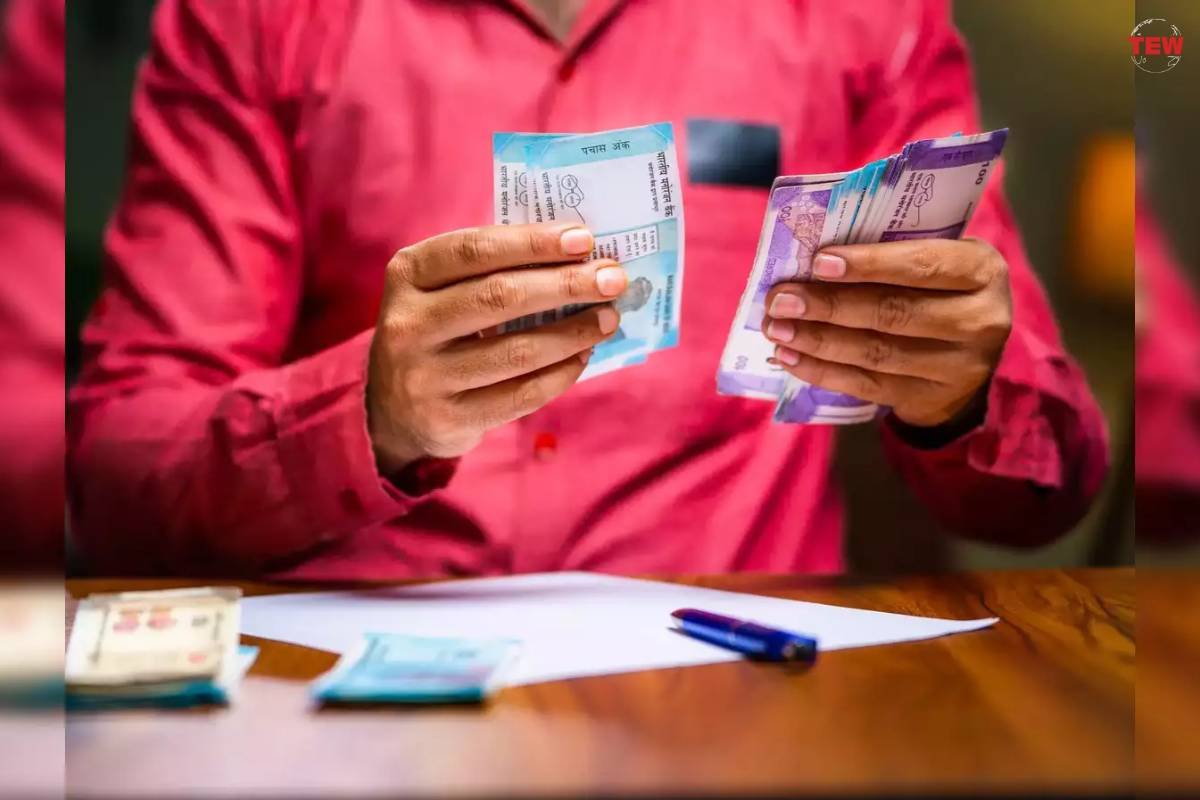Japan’s robotic lunar explorer, dubbed the “Moon Sniper,” is back in action after encountering a power issue that led to a temporary shutdown just hours after successfully Japan’s Moon lander on the moon 10 days ago, according to an announcement from the Japan Aerospace Exploration Agency (JAXA) on Monday.
The precision landing, which occurred at 10:20 a.m. ET on January 19 (12:20 a.m. on January 20, Japan Standard Time), marked Japan as the fifth country to safely deploy a spacecraft on the lunar surface. However, the mission faced a critical setback when one of the explorer’s engines failed during landing, causing it to land facing the wrong direction. This misalignment prevented the solar cells from generating electricity, forcing the craft to rely on limited battery power.
To conserve battery life, JAXA decided to temporarily shut down the lunar explorer, with plans to automatically restart it once the solar panel began generating power due to changes in the sun’s angle.
Japan’s moon lander ‘SLIM’ comes back to life and resumes mission | WION
Communication with the Smart Lander reestablished
On Monday, JAXA announced via the social media platform X that communication with the Smart Lander for Investigating Moon (SLIM) had been reestablished, and operations had resumed successfully. The explorer has also captured and transmitted new images of the lunar surface to the mission team on Earth.
Equipped with a multi-band camera designed to capture detailed images of the lunar surface, the SLIM lander has provided the mission team with valuable visual data. A previous mosaic, created from 257 images taken right after landing, showcased the landing site, and team members assigned nicknames to rocks of interest based on their size estimates.
One such rock, nicknamed “Toy Poodle,” was featured in a close-up image shared by JAXA on Monday. The lander’s primary mission is to study rocks that could offer insights into the moon’s origins, and despite the initial setback, the agency deems the mission a “minimum success” due to the precise and soft landing achieved using optical navigation.
Signaling a significant advancement in humanity’s pursuit of space exploration
With the resumption of operations, Japan now aims to gather unprecedented information about the Sea of Nectar, a specific region on the lunar surface. The landing site near the crater Shioli, approximately 200 miles south of the Sea of Tranquility, offers a strategic vantage point for exploring rocks that may hold clues about the moon’s formation.
The significance of such research lies in the impact of meteorites and other celestial objects on Japan’s Moon lander, creating craters and rocky debris. Scientists believe that studying these rocks could provide valuable information about the moon’s composition and formation process.
NASA, in collaboration with its Lunar Reconnaissance Orbiter, shared an image of SLIM’s landing site captured five days after the successful landing. The image, taken from an altitude of about 50 miles, provides additional perspective on the mission’s achievements.

India becomes the fourth country ever to land a spacecraft on the moon:
India has become only the fourth country in history to successfully land a spacecraft on the moon, the Chandrayaan-3.
The Moon Sniper’s successful deployment comes amid a new lunar space race driven by countries’ aspirations to access water trapped as ice in permanently shadowed regions at the lunar south pole. This valuable resource could potentially be used for drinking water or fuel, signaling a significant advancement in humanity’s pursuit of space exploration. India, as the fourth country to execute a controlled landing on the moon, has also contributed to this evolving landscape of lunar exploration.





